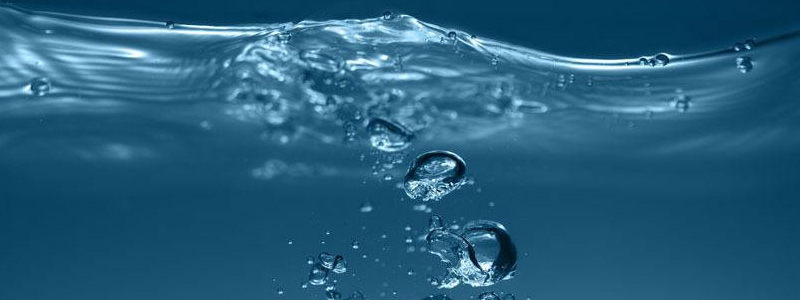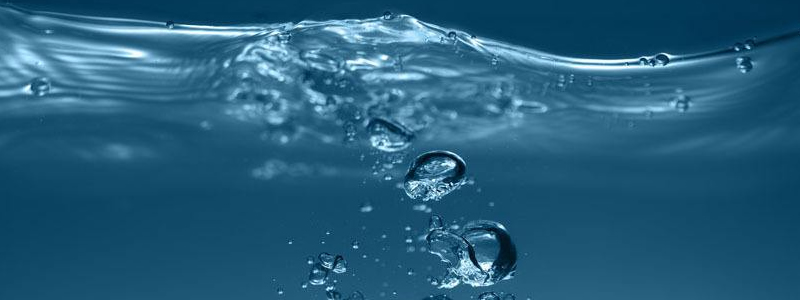
Features and Principle of PAM
- Features:
1) Flocculation: PAM can neutralize suspended substances through electricity, bridging and adsorbing, and flocculate.
2) Adhesiveness: It can play the role of adhesion through mechanical, physical and chemical action.
3) Resistance reduction: PAM can effectively reduce the frictional resistance of the fluid. Adding a small amount of PAM in the water can reduce the resistance by 50-80%.
4) Thickening: PAM has a thickening effect under neutral and acidic conditions. When the PH value is above 10, PAM is easily hydrolyzed and has a semi-network structure, the thickening will be more obvious.
- Principle introduction:
1) The principle of flocculation: When PAM is used for flocculation, it is related to the surface properties of the flocculated material, especially the dynamic potential, viscosity, turbidity and the pH value of the suspension. The dynamic potential on the surface of the particles is the reason for the particle inhibition. PAMs with opposite surface charges can condense by reducing their fast-moving potential.
2) Adsorption and bridging: PAM molecular chains are fixed on the surface of different particles, and polymer bridges are formed between the particles, so that the particles form aggregates and settle.
3) Surface adsorption: various adsorption of polar group particles on PAM molecules.
4) Reinforcement: PAM molecular chain and dispersed phase entangle the dispersed phase together through various mechanical, physical, chemical and other actions to form a network, thereby playing a reinforcement role.
 Previous
Previous  Next
Next Get answers and advice from people you want it from.